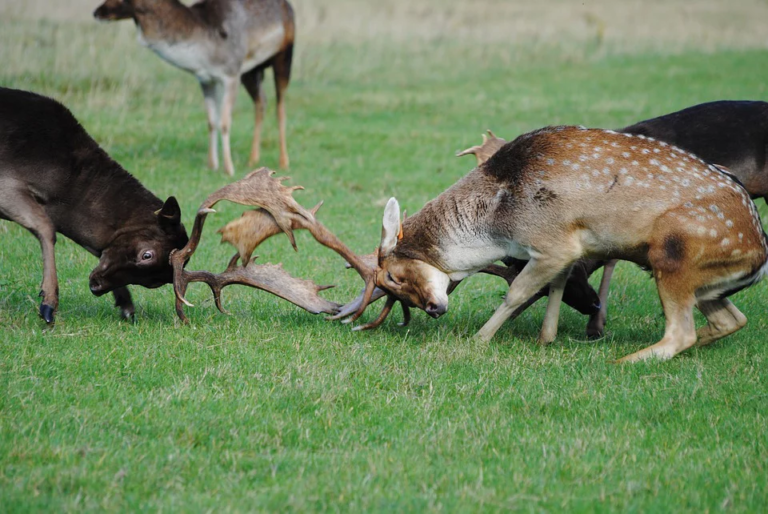Introduction
Elk hunting is a challenging and exhilarating pursuit that requires a deep understanding of the behavior and habits of these majestic creatures. Mastering elk behavior is essential for a successful hunting experience, as it allows hunters to anticipate movements, strategize effectively, and connect with the natural environment. This article delves into the intricacies of elk behavior, providing insights that can greatly enhance the chances of a rewarding and ethical hunting endeavor.
1. The Rutting Season and Vocalization:
The rutting season, typically occurring in the fall, is a critical period in elk behavior. Bulls become more active and vocal as they compete for the attention of cows. Understanding the various calls elk make during this time, including bugles and cow calls, can serve as powerful tools for hunters.
Mastering these vocalizations enables hunters to communicate effectively with elk, either by imitating their calls to attract them or by interpreting their vocalizations to gauge their proximity and mood.
2. Feeding Patterns and Water Sources:
Elk are large animals with substantial dietary needs. During different times of the day, they exhibit distinct feeding patterns. Early mornings and late afternoons are peak feeding times, while midday often sees elk resting in shaded areas.
By identifying their preferred food sources, such as grasses, shrubs, and trees, hunters can strategically position themselves along known feeding routes. Additionally, water sources play a crucial role in elk behavior. Locating natural waterholes or waterways can increase the likelihood of encountering elk.
3. Terrain and Movement:
Elk are well-adapted to various terrains, and their behavior can vary depending on the landscape. In mountainous regions, they tend to move uphill during the day for cooler temperatures, while descending to lower elevations at night. Understanding these patterns can help hunters predict where elk might be at different times of the day.
Elk also exhibits seasonal migration patterns, moving between higher and lower elevations based on weather and food availability. Studying these movements can lead to successful hunting opportunities.
Learn to Stalk the Elks in this video
4. Wind and Scent Management:
Elk possesses an acute sense of smell, which they use to detect predators and other animals. To avoid detection, hunters must pay careful attention to wind direction and manage their scent.
Approaching elk from downwind positions minimizes the chances of being detected. Moreover, using scent-masking products and practicing scent-control techniques can further enhance stealth during the hunt.
5. Understanding Social Dynamics:
Elk exhibits complex social behaviors, with hierarchical structures and intricate interactions between bulls, cows, and calves. Bulls engage in dominance battles during the rut, and cow-calf groups communicate through body language and vocalizations.
Observing these interactions can provide valuable insights into elk behavior. Knowing how to read these social cues can help hunters locate elk herds and determine the best approach for a successful hunt.
6. Bedding Sites and Security
Elk, like other wildlife, have preferred bedding sites that offer both safety and proximity to feeding areas. These locations are often hidden and sheltered, providing them a sense of security. By identifying these bedding sites, hunters can predict where elk might spend their resting hours and plan their approach accordingly.
7. Learning from Tracks and Sign
Tracking elk through their tracks and signs is an essential skill for hunters. Recognizing the size of tracks, the depth of hoof impressions, and the freshness of droppings can help determine recent elk activity. Reading the landscape for broken branches, rubbed trees, and wallows can also offer clues about their movement and behavior.
Conclusion
A deep understanding of elk behavior is essential for anyone seeking a fulfilling and ethical hunting experience. By studying their rutting behavior, feeding patterns, terrain preferences, scent management, and social dynamics, hunters can make informed decisions that increase their chances of encountering elk in their natural habitat. Also, if you are hunting on public land, you should read 9 Expert Elk Hunting Tips for Public Land Hunters by Field & Stream for some great advice.
Beyond just improving hunting success, this knowledge also fosters a greater appreciation for the intricate relationships that exist within the ecosystem. Through responsible and well-informed hunting practices, hunters can contribute to the conservation and preservation of these magnificent creatures for generations to come.






